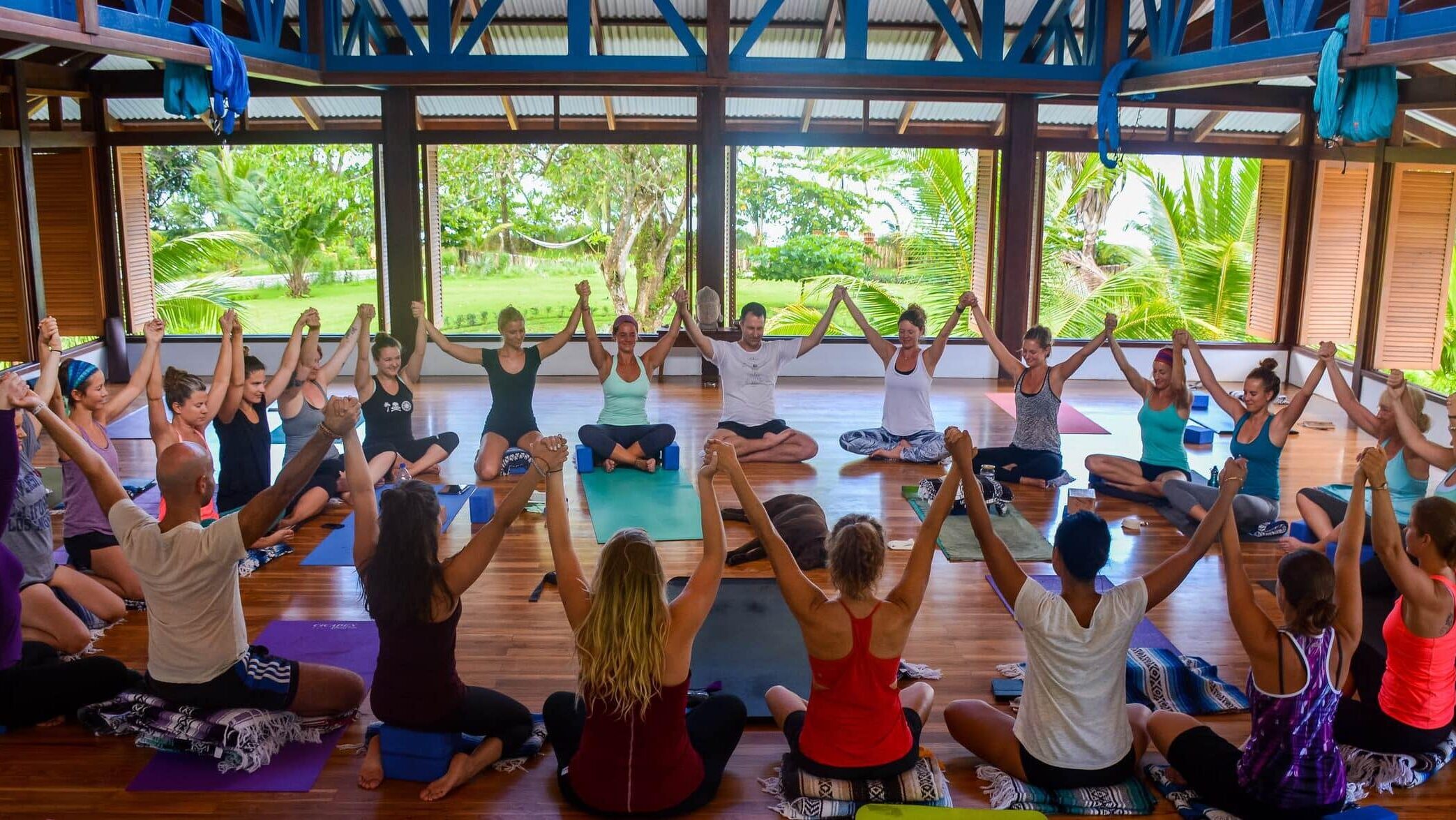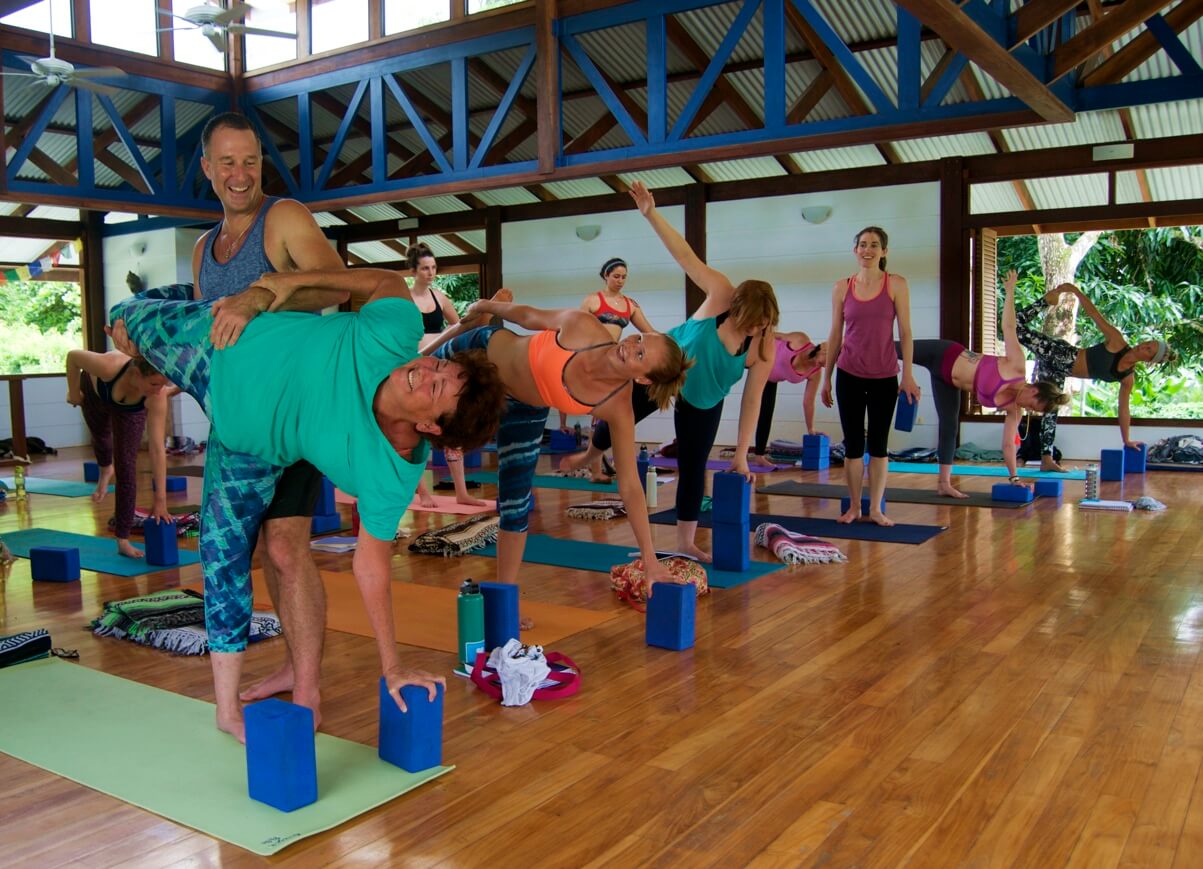Smoothies are a daily occurrence in our life here at Blue Osa.
Many of the ingredients we use for our smoothies come directly from our property.
We have an abundance of tropical fruit such as coconut, banana and mangoes growing right off our trees.
Mangoes for example, grow from the majestic mango tree right next to the yoga building. The mango tree will, in fact, be your affectionate companion if you practice on the left hand side of the yoga studio.
Take a better look here for a video of the yoga deck. Bananas and coconuts both grow from plants and trees, both found in Costa Rica and throughout Central America.
This recipe was created by Chef Marie, who has mastered the art of making smoothies that satisfies many happy guests.
But before we delve into the recipe let’s have a look at each fruit’s property to fully understand their benefits.
Banana
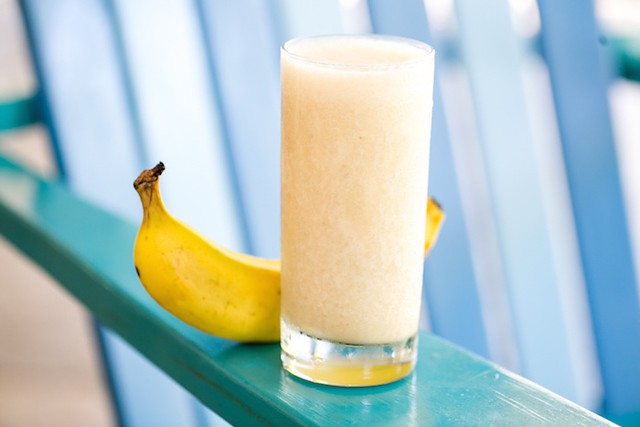
- It’s loaded in potassium.
- It’s high in protein.
- It’s great for ulcers or sensitive guts.
- It’s high in Vitamin B6
- It’s high in fiber and thus help aid in digestion.
Coconut
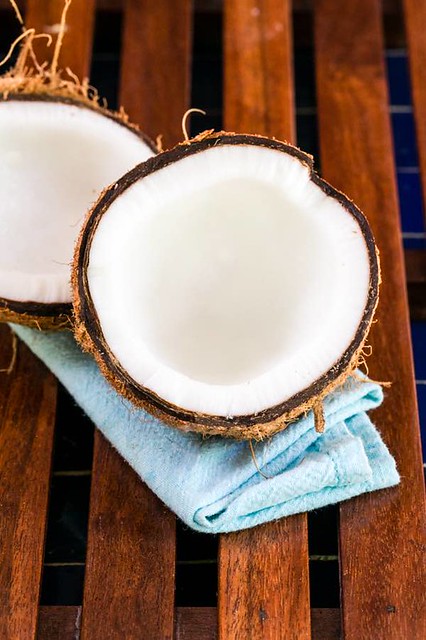
- Coconut milk is lactose free and works as a substitute for the lactose intolerant.
- Coconuts are highly nutritious and rich in fiber.
- Coconuts are rich in vitamins such as C, E, B1, B3, B5 and B6.
- Coconuts are rich in minerals including iron, selenium, sodium, calcium, magnesium and phosphorous
- In Sanskrit, the coconut palm is known as kalpa vriksha – “Tree which gives life”.
Check out this helpful link on a variety of ways you can make coconut products.
Mango
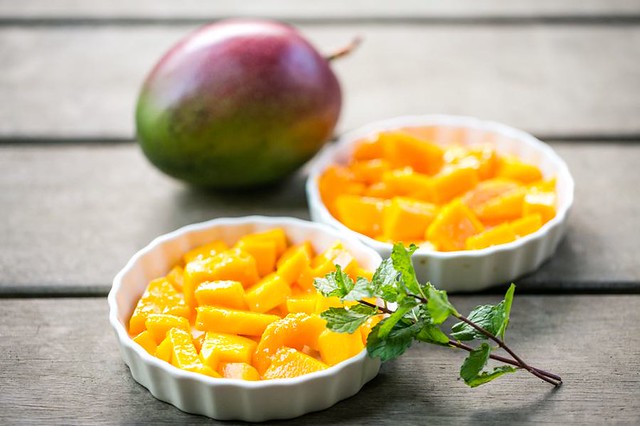
- Mango is sometimes referred to as the “king of the fruits”.
- This yellow, fibrous fruit was originally found in southern Asia in the foothills of the Himalayas.
- Mango is considered a superfood: considered to be especially beneficial for health and well-being.
- Mangos normally run about 100 calories per cup.
- Mangoes contain more than 20 different vitamins and minerals, and are fat free, sodium free and cholesterol free.
Now let’s get to the recipe!
Mango Banana Coconut Smoothie
From the Kitchen of Blue Osa By Chef Marie
Gluten Free, Sugar Free, Fat Free
Ingredients:
- 1 Mango
- 1/2 cup of Coconut Milk
- 1 cup of pineapple juice
- 1 banana
- 3 tablespoons yogurt
- 1 tablespoon lime juice
- ice (as much as you like)
Directions:
- Chop the mango and banana.
- Place the rest of the ingredients in your blender.
- Blend until smooth.
- Enjoy!
This tasty and delicious smoothie is refreshingly gratifying.
Want to visit Blue Osa and try this perfect smoothie after your yoga practice? Reserve your vacation now!
Pin this post for later!
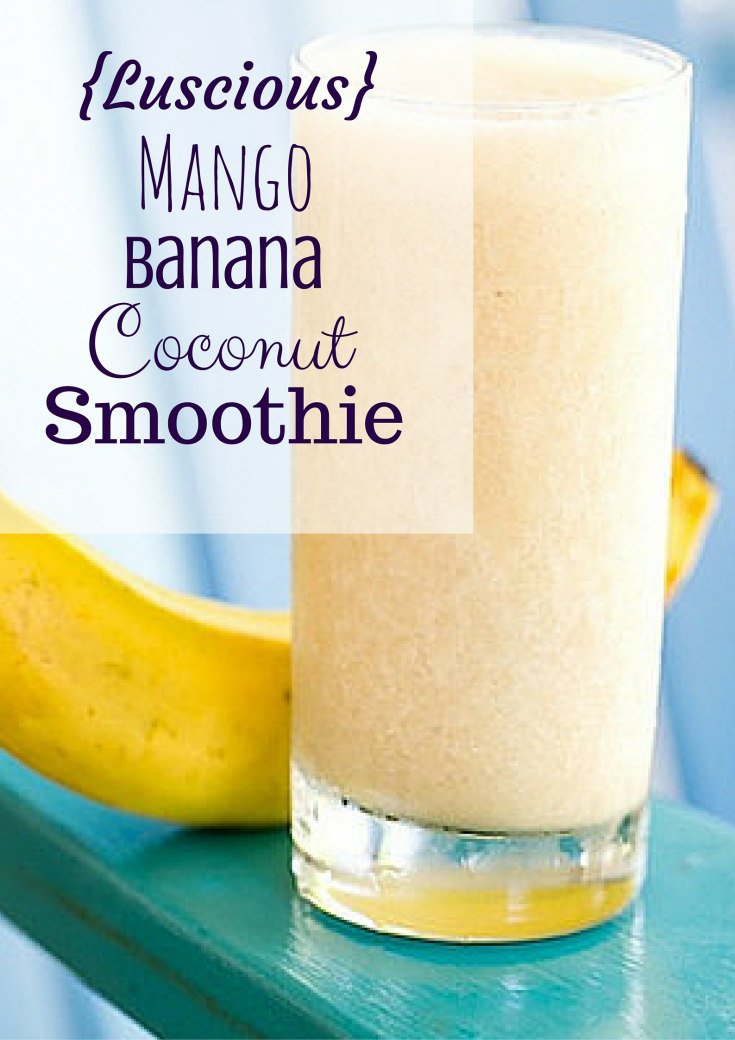
Looking for more smoothie recipes? Check these ones out!
www.blueosa.com/costa-rican-smoothie-le-dynamique-by-chef-marie
www.blueosa.com/creamy-mango-smoothie-spirit-of-india
Tags: Costa Rican Cooking, food, recipes
Book/Inquire Now
Got pain? This will help you!
YOU DESERVE TO LIVE PAIN-FREE...
Receive 7 short, simple, and effective practices to alleviate knee, hip, low back, neck, shoulder pain, and more!
All you need is 5 minutes per lesson and it's FREE!
This revolutionary approach to yoga is new, and no one else is teaching this! Since I created Applied Yoga Anatomy + Muscle Activation™ and started teaching it consistently, I've witnessed students heal long-standing injuries, access yoga postures they never thought possible, and tell me over and over again how their body just feels better.
I hope you'll join me on this journey!
~Yogi Aaron
Is Yoga Teacher Training Right For Me?
We Created This FREE 5 Part Series So You Can Get All The Information To Make The Right Choice.
In this series, you will learn:
-
- Am I a candidate for yoga teacher training??
-
- What will I learn in a YTT?
-
- Do I need to have a perfect downward dog to attend YTT?
14-Day 200-Hour Yoga Teacher Training in Costa Rica
If you are looking for a 14-day 200 hour Yoga Teacher Training Costa Rica Immersion, you have landed in the right place. Join the next one!
300-Hour, 28-Day Yoga Teacher Training
Do You Feel Called To Something Greater?
This 300-Hour Yoga Teacher Training immersion training at Blue Osa will immerse you in yoga for one month.
You will have the specific transformational skills and yogic practices you need in order to connect with your higher purpose.
And more! You will be able to offer these transformative skills to others!



